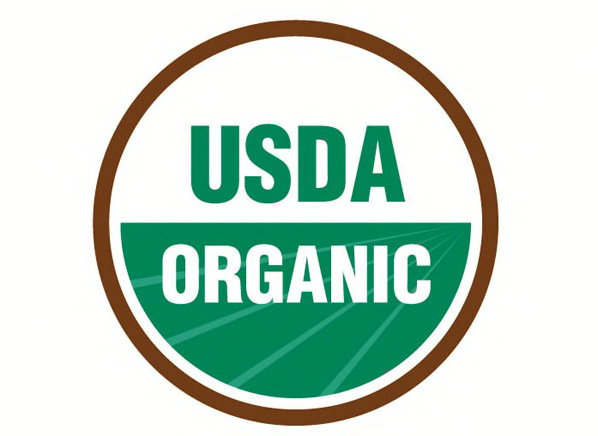Many people have turned to organic foods as an integral part of their “clean eating” lifestyles. Boasting nutritional benefits, better taste and environmentally friendly promises, organic labelled food has been a buzz topic. But is the juice worth the squeeze?
In order for a food to garner its organic certification, it has to meet many different requirements. The US Department of Agriculture has established crop/livestock/poultry standards that basically outline methods that do not use chemicals or pesticides.
In summary:
- Not using prohibited substances (most synthetic fertilizers and pesticides) for three years prior to harvest
- Not using genetically modified organisms (GMOs)
- Raising animals in living conditions accommodating their natural behaviors (like grazing on pasture), feeding them 100% organic food, and not administering antibiotics or hormones
- Omitting artificial preservatives, colors, or flavors from multi-ingredient, processed foods with some exceptions, like baking soda in baked goods
However, organic products are typically more expensive.This price buys less exposure to potentially toxic pesticides, more nutritious and typically fresher crops, and a healthier environment for the surrounding flora and fauna when less chemicals are used. It also supports local farms because less preservatives used means fresher products can’t be from far away. However, these crops yield less, more land has to be used, and many organic farmers struggle to make ends meet.
A gray area also exists in whether or not organic farming significantly impacts carbon emissions. Claims have been made that organic farming can help reduce greenhouse gas emissions, but studies have shown that “a wholesale shift to organic farming could increase net greenhouse gas emissions by as much as 21 percent.”
The bottom line: not enough research exists to prove that organic farming is better. In the meantime, it is important to know what consists of organic and what is not. There are three categories that the USDA regulates for labelling organic products:
Have USDA Organic Seal-
- 100% Organic: The product is made with all certified organic ingredients. No GMOs.
- Organic: The product is made with 95% certified organic ingredients. No GMOs.
USDA Organic Seal NOT allowed-
3. Made With Organic Ingredients: At least 70% certified organic ingredients. No GMOs.

Being informed about organic labelling helps consumers to be informed about the products that they are buying. The global organic food and beverages market is expected to reach $327,600 million by 2022. While the overall health and environmental benefits are not clear cut, consumers are still buying organic products and should know what they are paying for.
Agribusiness is yield centric which is the driving force to be a successful farmer. However, the most important considerations that should be made are not in yield capacity, but whether or not the methods used (organic or not) are sustainable. Overall environmental health is impacted by using methods such as crop diversity, natural pest management, and biodynamic farming. Until more research surfaces outlining the true benefits of organic vs conventional farming, the focus should be to farm sustainability.



Recent Comments